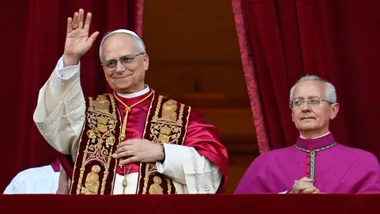Former US President Donald Trump has been arraigned, with 34 felony counts laid down in a Manhattan courtroom. Trump pled not guilty to the charges, which have been levelled for “for falsifying New York business records in order to conceal damaging information and unlawful activity from American voters before and after the 2016 election”, according to the District Attorney’s office.
The court documents, and prosecution case will allege that Trump “orchestrated a ‘catch and kill’ scheme” using funds that were falsely concealed in business entries.
Trump has vehemently denied allegations, calling District Attorney Alvin L. Bragg’s case “political persecution”.
For many Australians watching along at home, the term “catch and kill” may be unfamiliar. Here, we dive into exactly what these claims mean, and what we can expect as the case continues to roll out in court.
What Is A “Catch And Kill” Scheme?
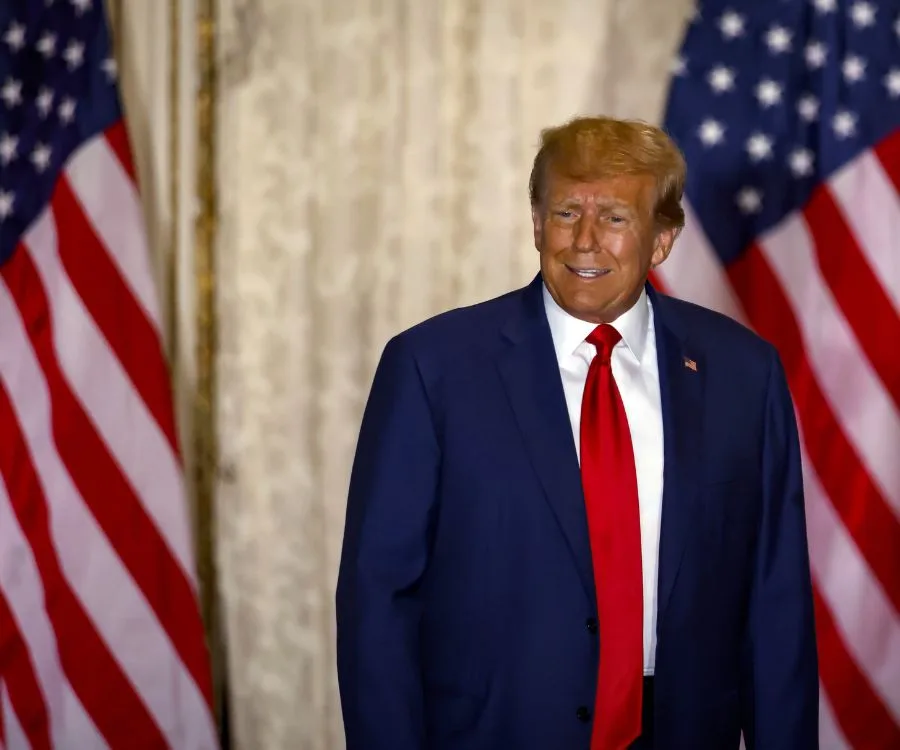
The term “catch and kill” refers to a process where a person or entity looks for potentially negative stories and then buys the rights to the story without ever intending to publish it. It ensures the tale never sees the light of day and is often used to safeguard reputations.
“Catch and kill” is used in reference to media companies, who may buy the rights to stories and then not publish as a favour to someone they’re affiliated with. Usually, the person selling their story signs the legally binding non-disclosure form to prove their exclusivity, but that same form then traps them from telling the story elsewhere when the media company does not publish.
Media companies enter such dubious deals in exchange for other information or benefits from the party or person they’re protecting.
“It sounds like [District Attorney Bragg] is alleging, through the indictment, that the overall plan was to catch any information which would have negatively impacted the Trump campaign and to kill that story,” criminal defence attorney Nicole Deborde told Fox News. (Note: she is not associated with Trump’s legal team.)
“Each of these separate 34 counts are documents wherein they’re saying there were things said or put down on paper that were not true, according to the prosecution,” she added, referencing the alleged financial cover up of payments for the ‘hush money’.
“These things were all designed to further the plan: to catch information that the campaign did not want out there during the election and to kill that information so that it would not be a problem for campaign purposes.”
Is A “Catch And Skill” Scheme Illegal?
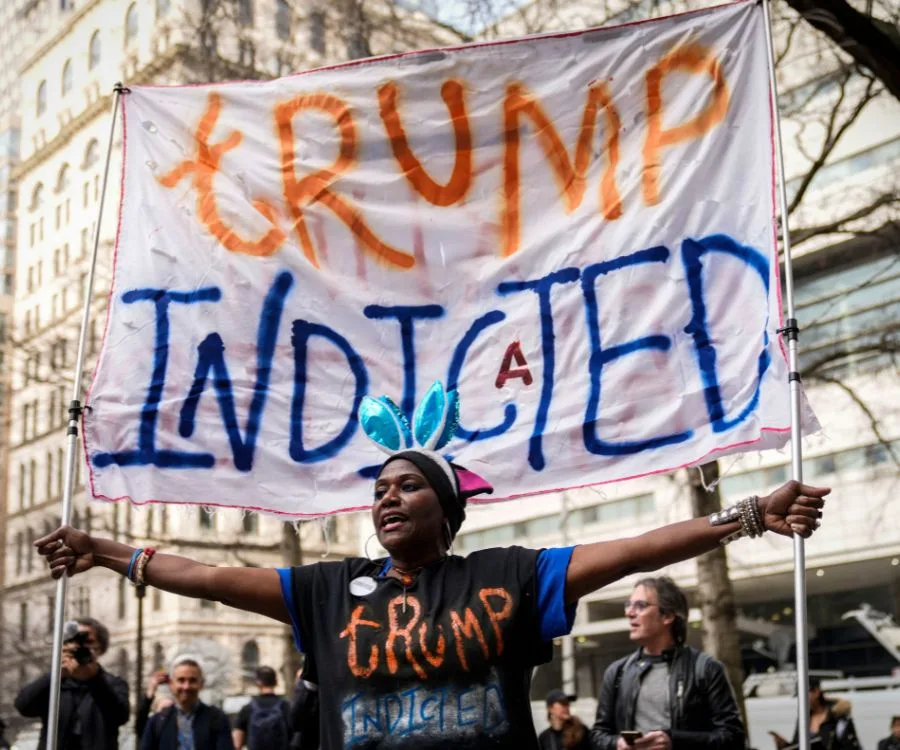
It’s important to note that Trump is not being sued for allegedly being involved in the “catch and kill” scheme itself, but rather for allegedly falsifying business records.
District Attorney Bragg said in a statement, “Manhattan is home to the country’s most significant business market. We cannot allow New York businesses to manipulate their records to cover up criminal conduct.
“As the Statement of Facts describes, the trail of money and lies exposes a pattern that, the People allege, violates one of New York’s basic and fundamental business laws. As this office has done time and time again, we today uphold our solemn responsibility to ensure that everyone stands equal before the law.”
Why Is Donald Trump Being Arraigned?
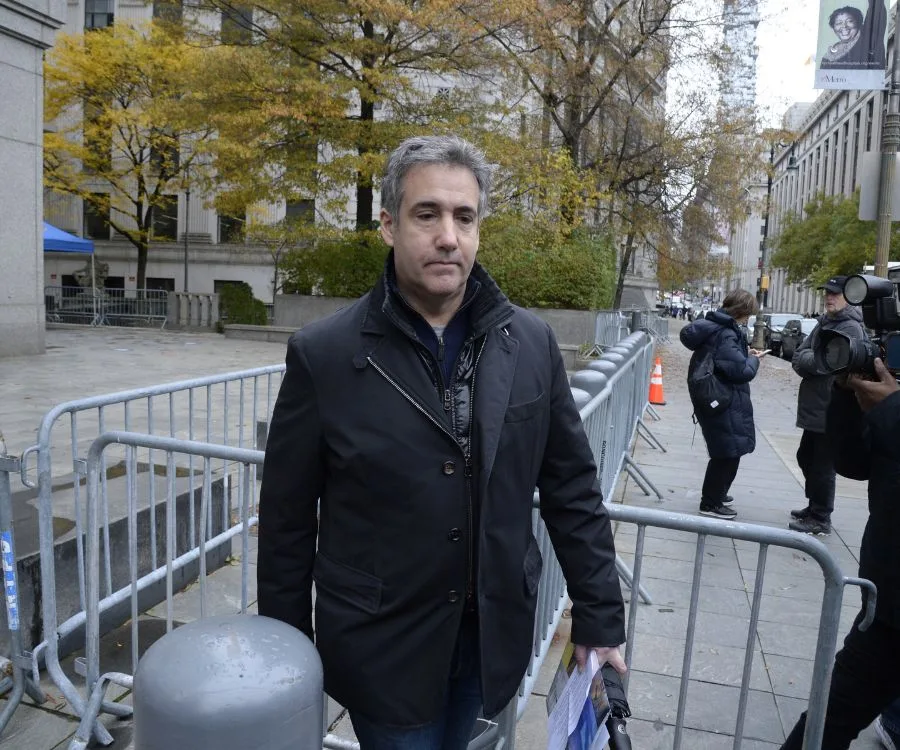
The prosecution’s court documents refer to a few specific cases, in which they allege Trump orchestrated a “catch and kill” scheme through a series of payments, causing dozens of false entries in business records.
One instance involves American Media Inc. (or AMI, which publishes the National Enquirer), where it is alleged the company paid USD $30k (approx. AUD $44k ) to a former Trump Tower doorman who claimed to have a story about a Trump “love child”.
Another instance involves a sum of $150k (approx. AUD $221k) that AMI made to a woman who claimed she had a sexual relationship with Trump. Bragg’s statement suggests that AMI ultimately declined to accept reimbursement for the money, but that Trump had directed his lawyer to make the payment.
Then the statement reads, “AMI, which later admitted its conduct was unlawful in an agreement with federal prosecutors, made false entries in its business records concerning the true purpose of the $150,000 payment.”
The final instance references the suppression of the story involving former adult film star Stormy Daniels, who has long alleged she had consensual intercourse with Trump.
“In a third instance – 12 days before the presidential general election – the Special Counsel wired $130,000 to an attorney for an adult film actress. The Special Counsel, who has since pleaded guilty and served time in prison for making the illegal campaign contribution, made the payment through a shell corporation funded through a bank in Manhattan,” the statement reads.
“After winning the election, Trump reimbursed the Special Counsel through a series of monthly checks, first from the Donald J. Trump Revocable Trust – created in New York to hold the Trump Organization’s assets during Trump’s presidency – and later from Trump’s bank account.”
What Can We Expect Next From The Donald Trump Trial?
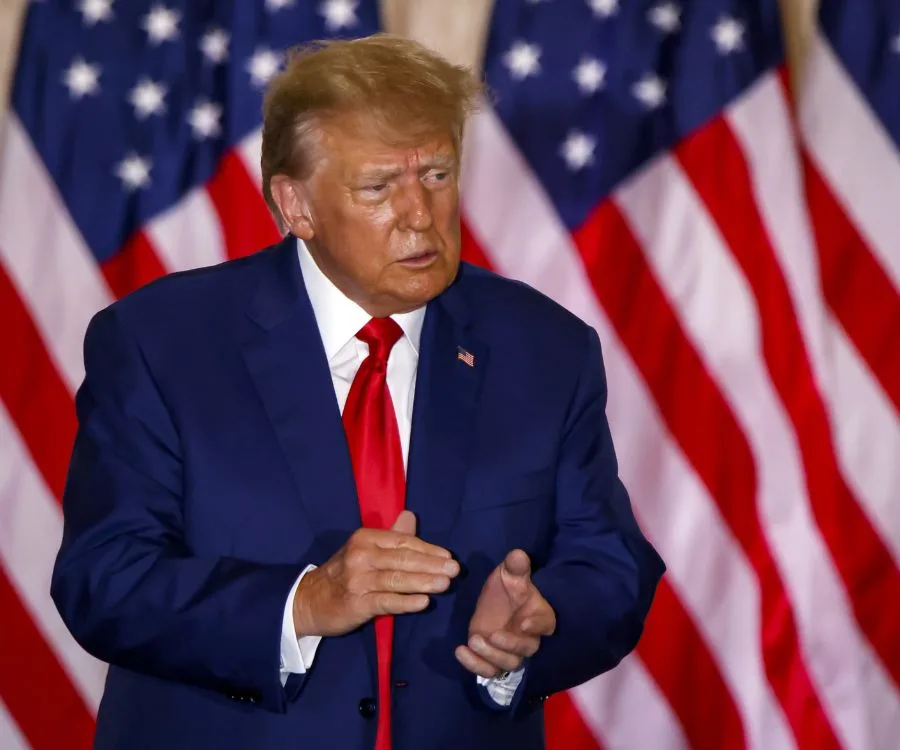
The case against Donald Trump has sat dormant since his special counsel, Michael Cohen, went to prison for campaign finance violations, back in 2018.
During District Attorney Bragg’s press conference, he was asked why he decided to pick this case back up again after his predecessor had decided against it. It was commonly referred to as the “zombie case” for a time.
“We have had available to the office additional evidence that wasn’t in the office’s proceedings prior to my time here,” Bragg said.
“I don’t bring cases prior to a thorough rigorous investigation. Now having done so, the case has been brought.”
Now that Trump has been arraigned, prosecutors will need to hand their files over for the discovery phase of research. Trump’s lawyers have until 8 August to file motions against the charges, of which the prosecution can respond until September 19.
It is likely that it will take to the end of this year to see an actual court case come to light. The next in-person hearing is scheduled for 4 December 2023, where Judge Juan Merchan has said he will rule on the motions put forward by Trump’s attorney Jim Trusty.
Trusty has already said he plans to put forward “robust” motions to stop the case in its tracks.





